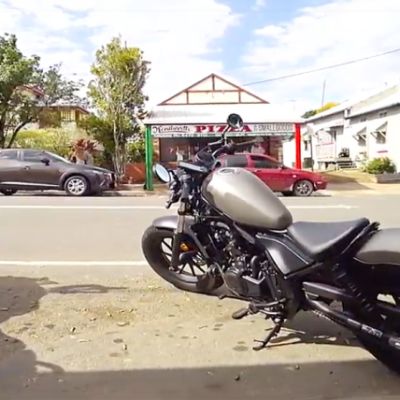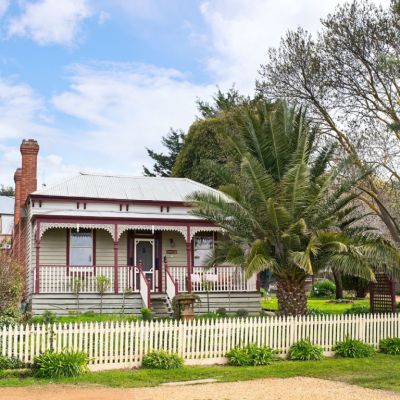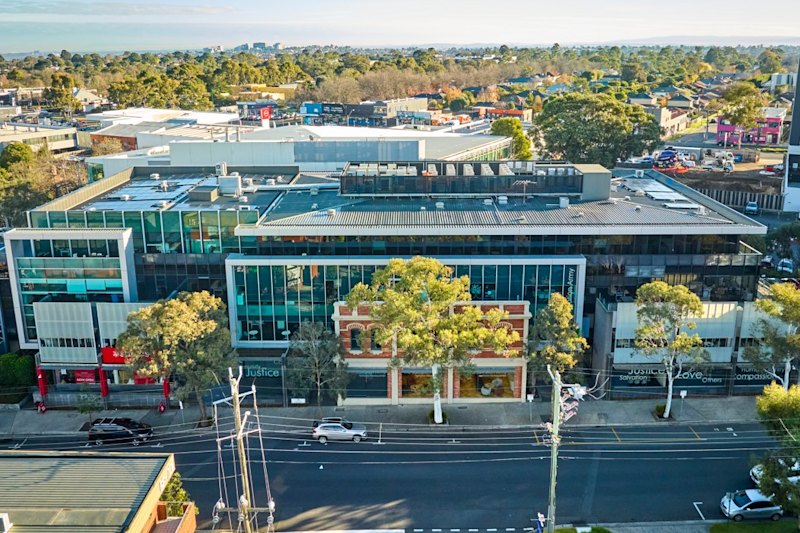'You don’t suffer from stress here': Escape to St Helens, Tasmania

There is a bit of a buzz in the air in St Helens, the largest town on Tasmania’s north-east coast.
Once primarily a retirement destination, anticipation is high ahead of the opening of St Helens Mountain Bike Trail Network in November.
About a two-and-a-half-hour drive from Launceston, the area near Binalong Bay boasts natural beauty, fishing, seafood and good weather, with at least one local saying it has traditionally been known as the Sun Coast of Tasmania.
Population: 2070 (as of the 2016 Census)
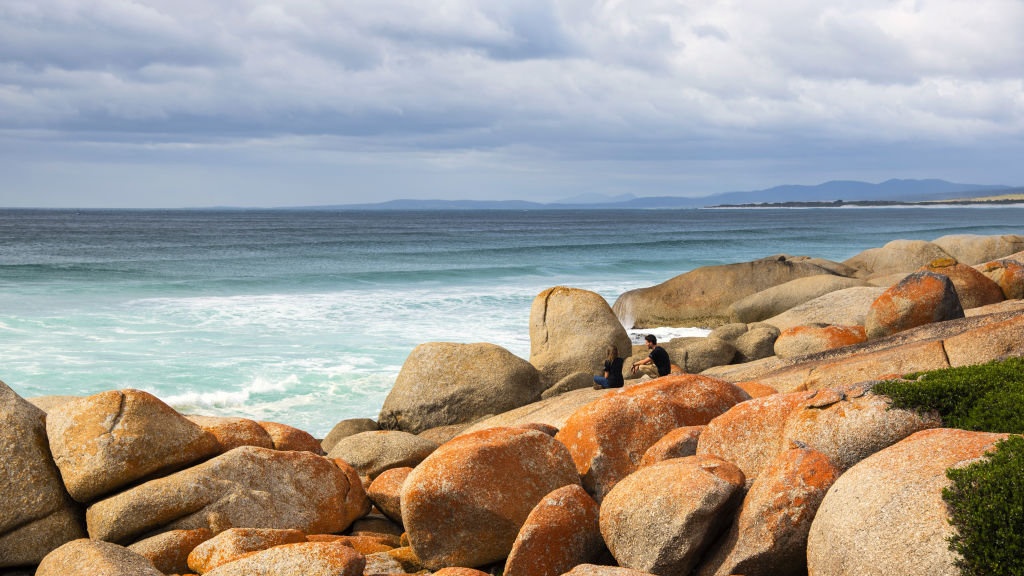
Who lives here:
Garry Pannan, owner of East Coast Village Providore, has been living in St Helens for about 16 years and watched the town become more of a destination over the last 12 months.
“I think that the Bike Trail has added to that,” he said.
Having done business in nearby Derby, he saw its reinvigoration first hand, and he and fellow business owners felt the new mountain biking facilities would have a tangible effect on St Helens.
“You can feel the town starting to build into something,” he said.
It’s not just about mountain biking.
Clive Jupp, from St Helens Books, says although the area is “kind of a touristy country town”, a concert last year attracted much more attention.
“We got put on the map last year with Triple J’s One Night Stand,” he said. “We had 30-odd thousand people drop in here.”
Treasurer of the St. Helens Artcraft Group, Keri Titley, described the town as “a destination that is about to happen.”
Having visited the town regularly on holidays, she made the stay permanent about two-and-a-half years ago.
“There are definitely more people moving to the area,” she said. “We have noticed an increase in sales.”
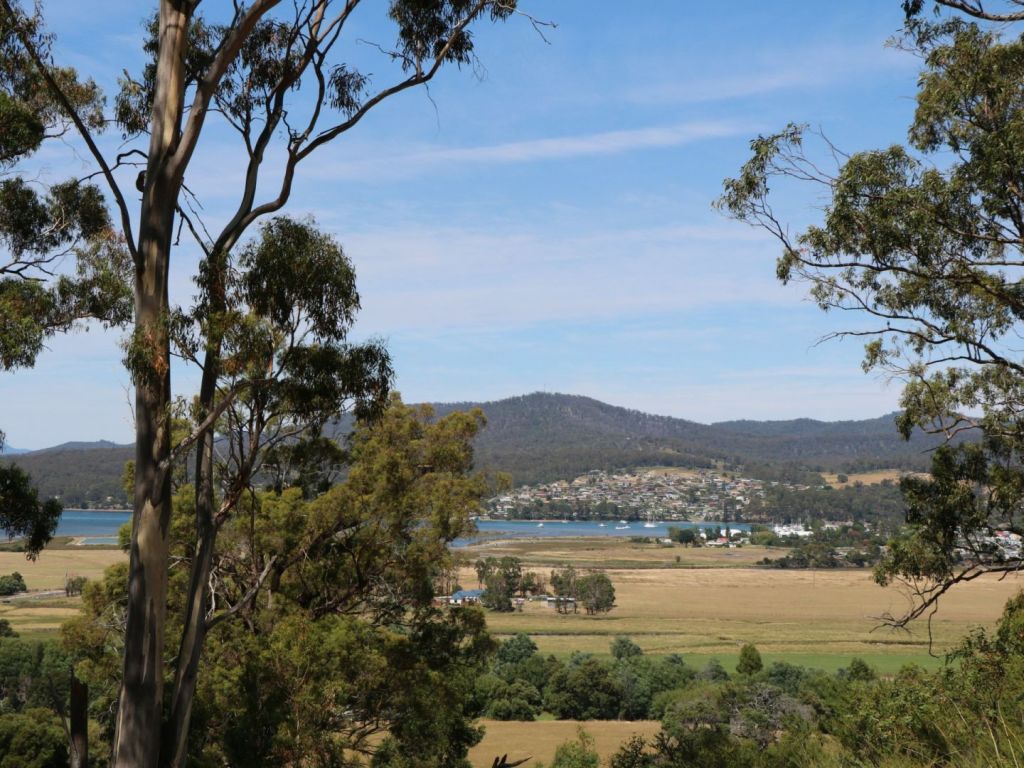
What happens here
St Helens is home to a range of events, with the Bay of Fires Winter Arts Festival a big drawcard for visitors.
This includes the Secret People, Secret Places Art Trail, allowing visitors to visit the homes, galleries and gardens of artists and see their work.
Ms Titley said a lot was happening in the area, highlighting local restaurant Furneaux which recently won an award from the Tasmanian Hospitality Association.
There’s also a range of sports carnivals and fishing competitions, with deep-sea fishing and fly fishing particularly big.
January sees the arrival for the former Regatta – now the Wheels Wine and Dine Festival, complete with cars, boats, bikes, and live music.
“There is something happening every weekend in January,” said Mr Pannan. “And the game fishing starts in February; that is huge for the town.”
What life is like here
“It’s very friendly; it’s like a small town,” Ms Titley said. “Everyone knows everyone, but that is absolutely beautiful.”
Mr Pannan appreciated the town’s relaxed lifestyle and said from a business point of view it was fairly seasonal, moving a lot more quickly in summer.
“We’ve got two different towns, a summer town and a winter town,” he said. “But the gap is closing in on it for being a summer town.”
Mr Jupp agreed, saying the pace of life was reasonably slow but picked up in tourist season.
“The bike trails are open all year round, so we may see that spread as well,” he said.
Marika McGuinness, from local cafe Coffee Away, said having spent time overseas, coming back to Tasmania was a refreshing experience.
“We are friendly, and we really do have an amazing place to live,” she said. “It’s a pretty casual little town.
“There’s so much more than there used to be,” she added. “Being a business owner here, for 14, 15 years – it’s certainly changing, and I think for the better.”
What jobs are here
St Helens is largely driven by tourism, with limited forestry and fishing, although recent transplants are finding the NBN convenient for telecommuting.
Mr Pannan knew of a lot of people who worked remotely in town, periodically popping back to the city to check into the office.
“A lot of people have moved here to work in an idyllic country setting,” he said.
Ms McGuinness agreed. “If you have something you can do online, you can absolutely have the best of both worlds,” she said.
Mr Jupp thought the increased activity brought by the bike trail would create opportunities “in the next 12 to 24 months for new businesses to open.”
Nereda Ball, Principal of LJ Hooker St Helens, said the town has picked up over the last year or two.
“We’ve put on two new full-time staff; the supermarkets are employing more people,” she said. “The town is a lot more buoyant.”
Why move here?
As Ms Ball points out, it’s not just about the bike trail.
“The fact is, St Helens has so much more going for it,” she said. “We have a large primary and high school here; we’re the biggest centre on the east coast.”
“We’ve got a group and a club for everything in this town – it’s a real community.”
It is, she said, a very safe community, characterised by its laid-back lifestyle: “You don’t suffer from stress here.”
Aside from being well serviced with a new hospital, schools, and shops, there is, of course, the stunning scenery.
“It’s an absolutely beautiful area,” said Mr Jupp. “I can’t speak highly enough of the pristine beaches, and the things we have close by.
“The natural beauty of the area would be the biggest thing – and a very friendly population, friendly and accommodating generally.
“The community here is so friendly,” said Ms Titley. “And the outlook is beautiful. It’s just a very relaxed, calming place to live.”
We recommend
We thought you might like
States
Capital Cities
Capital Cities - Rentals
Popular Areas
Allhomes
More
